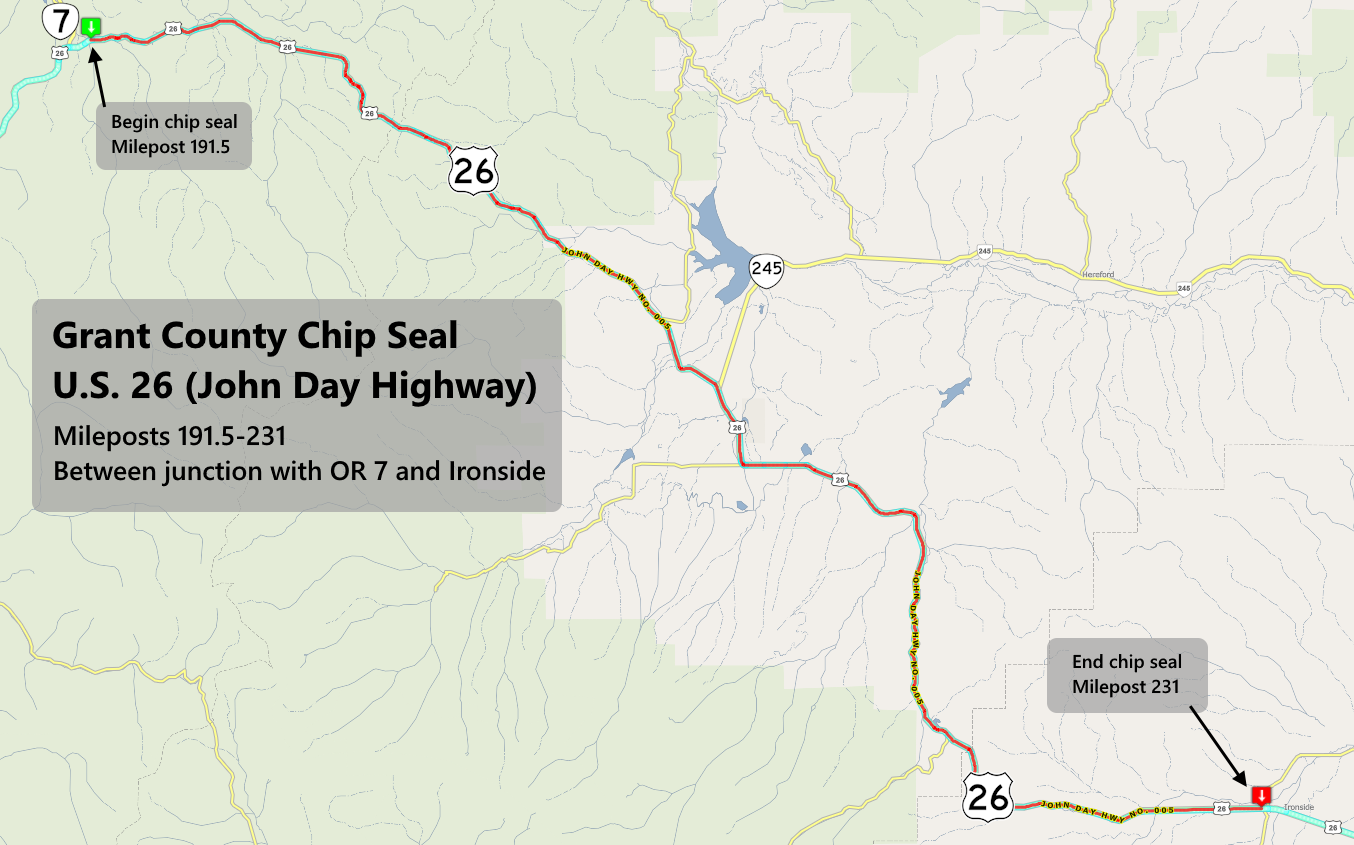Q&A with John Shelk
Published 5:00 pm Wednesday, March 16, 2011

- Fourth-generation Oregon lumberman John Shelk.
A fourth-generation Oregon lumberman, John Shelk was raised in Prineville, earned a bachelors degree from Willamette University and did post-graduate work at Lewis and Clark College. He served in the U.S. Army Airborne Infantry in Germany and Vietnam before going to work in 1970 at Ochoco Lumber Company, where he now is managing director. He was instrumental in pulling together the industry-environmental panel that developed eastside forest legislation proposed during the last session by U.S. Sen. Ron Wyden.
Have you taken criticism from colleagues for your role in the Wyden legislation?
I get shot at from almost all sides, and sure, Ive been accused of selling out to the other side. Its not hard to understand. People tend to be risk-averse they see all compromise as a loss, because weve compromised so much.
But what this group did was take a small, calculated risk to try to move from here to where we want to be. We need to be able to take a risk if were going to move ahead.
What brought you to this point?
Having lived the entire cycle in the industry, there have been a lot of times Ive despaired over every seeing anything positive happen in our forests. We were going the wrong way in the 1970s. There was too much harvesting on the national forest. It was a departure from the sustained yield practices back in the 1940s and 50s when we were selectively harvesting trees cutting at a rate no greater than those trees were growing. We were going to be able to sustain that yield forever, and never change the character of our forests.
But the industry infrastructure kept growing there were these postwar programs to promote home ownership that increased the demand for more and more timber. Plus, the forests were returning a huge amount of money to the federal treasury. All of that fueled the policies of overharvesting.
The environmental backlash in the 1990s brought things to a halt. The harvests from the national forests dwindled, in some years to zero, and many of the mills closed. Prineville had four working mills going into the early 1990s; it was down to two in 1995, and zero in 2001.
It wasnt the kind of incremental change you would expect in any industry, where someone innovative comes in with a better mousetrap, or a new plant, and the old-line or less nimble businesses scale back or fail. It was retrenchment on a scale no one expected. You certainly dont expect the eradication of an entire industry in a community.
I still hear people wondering, how did the environmental community gain this kind of support to essentially shut down the national forests?
What has changed to get people on both sides talking to each other again?
There was a growing sense that we couldnt just leave the forests alone, and expect them to become healthy again. They were too susceptible to insects, fire, disease. We started having these catastrophic fires, and it was a black eye for the environmental community. These places they were trying to save, were being destroyed.
Eventually there was a recognition, perhaps grudging one, on the part of some environmental groups that there was a place for commercial timber harvest on the national forests. If were going to do the restoration of these forests, we need the infrastructure. We need to be part of the process, and we pay our way.
Regardless of the final fate of the bill, have we gained something from that process?
What weve set in place is a framework for debate. It has really educated each one of us around the table, whether in the environmental community or timber industry, about the needs of the other side. We gained an appreciation of the agonizing decisions that one side or the other has had to make.
Ive said for years, if you bring people of goodwill together, theyre going to solve 70 percent of the issues out there. Weve not had goodwill in the past, with people just saying theyd go to court to get what they wanted. We have the potential to change that.
Collaboration is going to be an integral part of the planning process for work on the national forests. Its a proofing process provided by a diverse group of the citizenry, with oversight and modification and thats going to be the way of the foreseeable future.
Its taken a long time to get into this situation, and its going to take time to work it out, but I do see a meeting of the minds with some of the moderates in the environmental community. Hopefully, by working together, we can find a new synthesis of that magical concept of sustainability, that balance we lost, and forest health.






